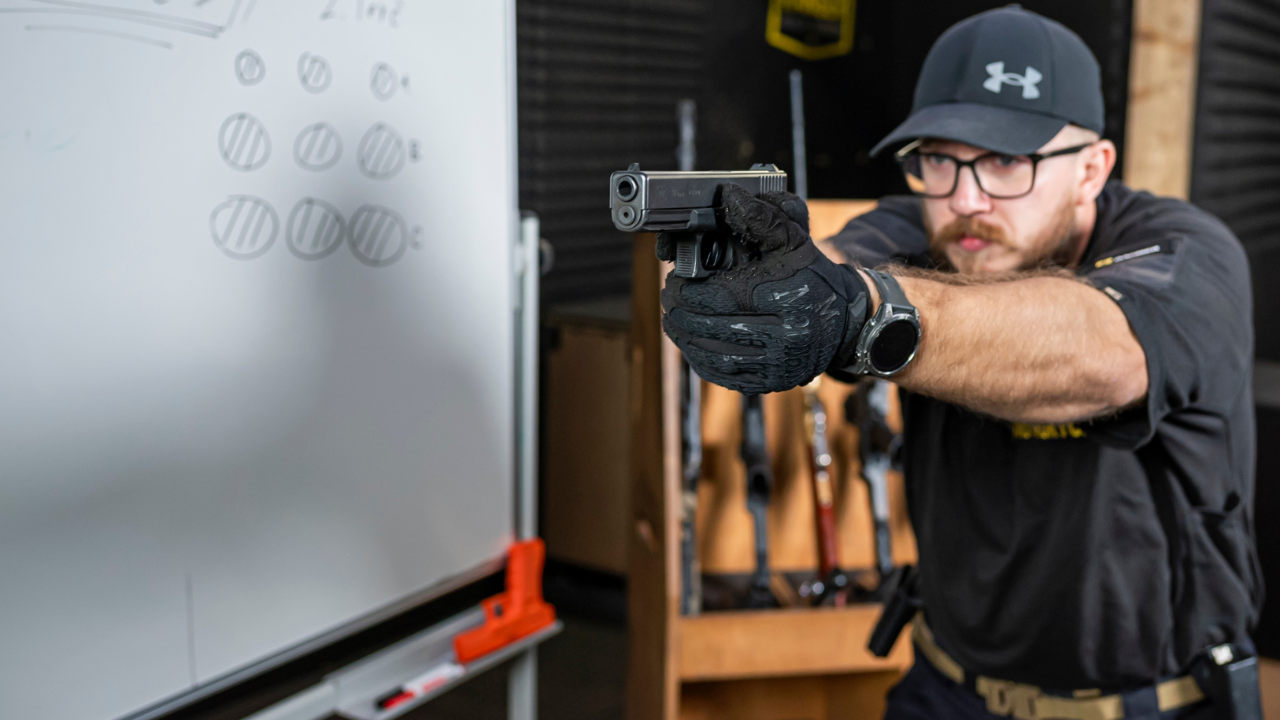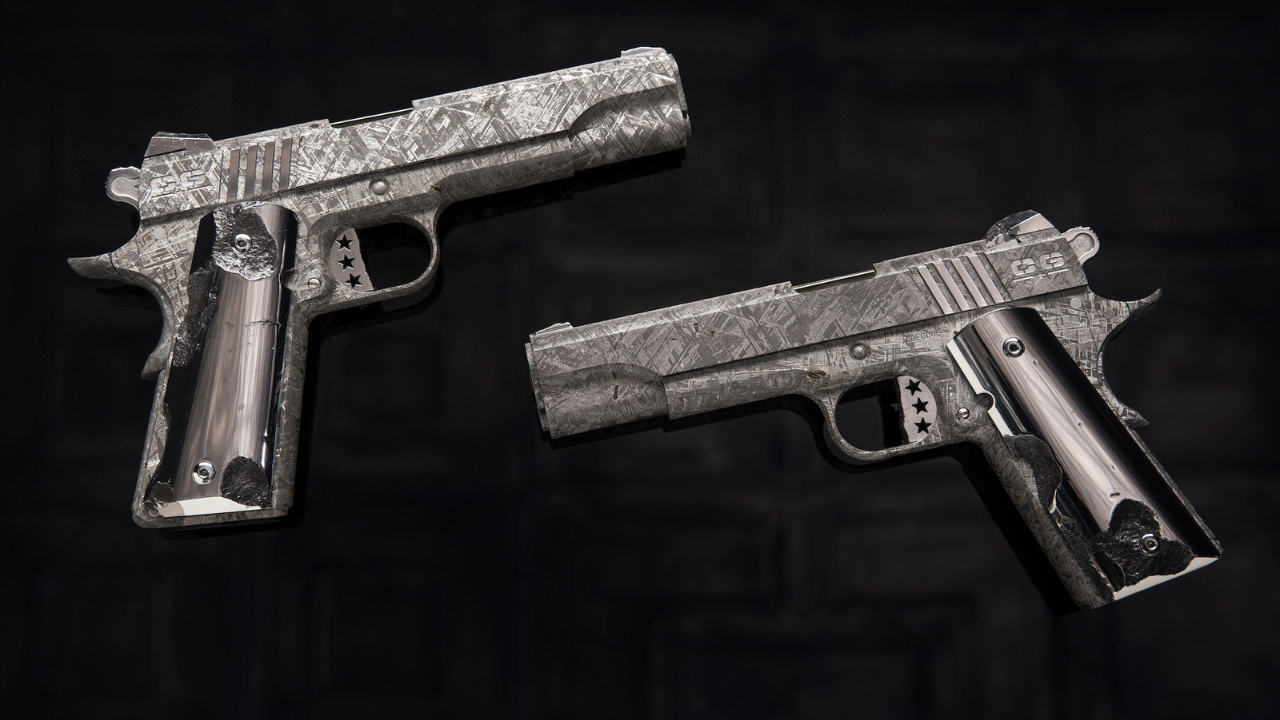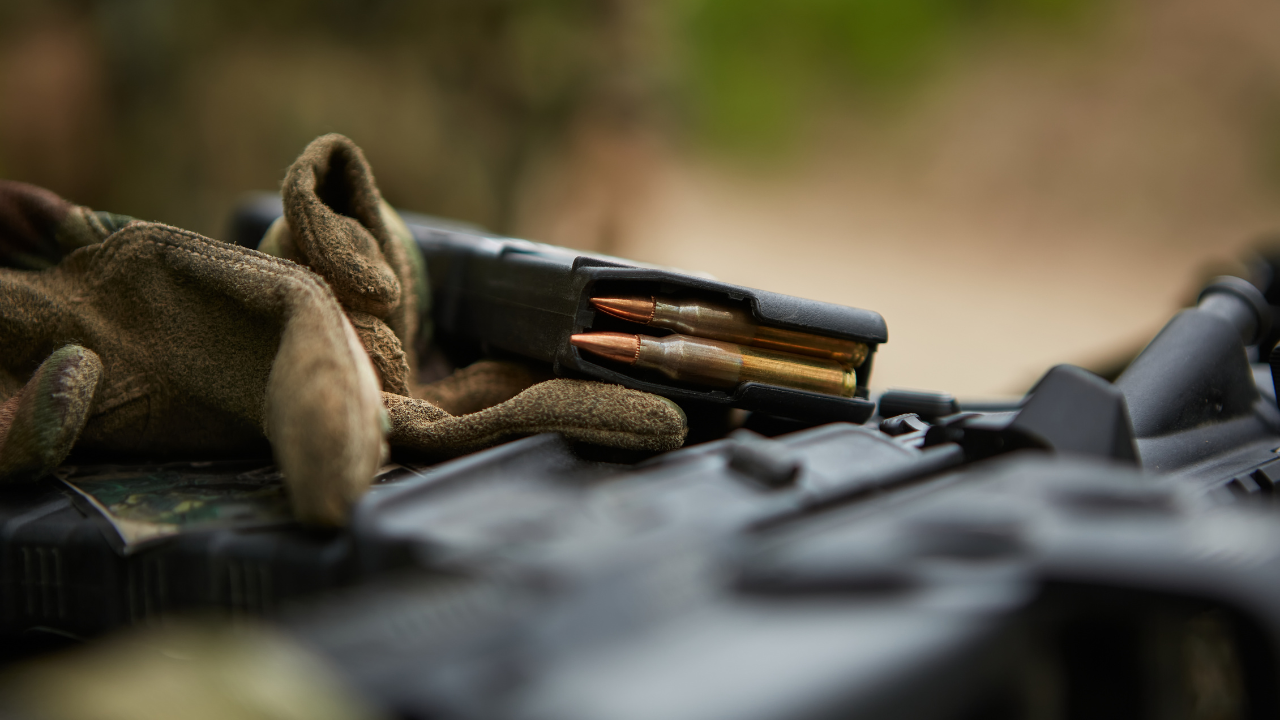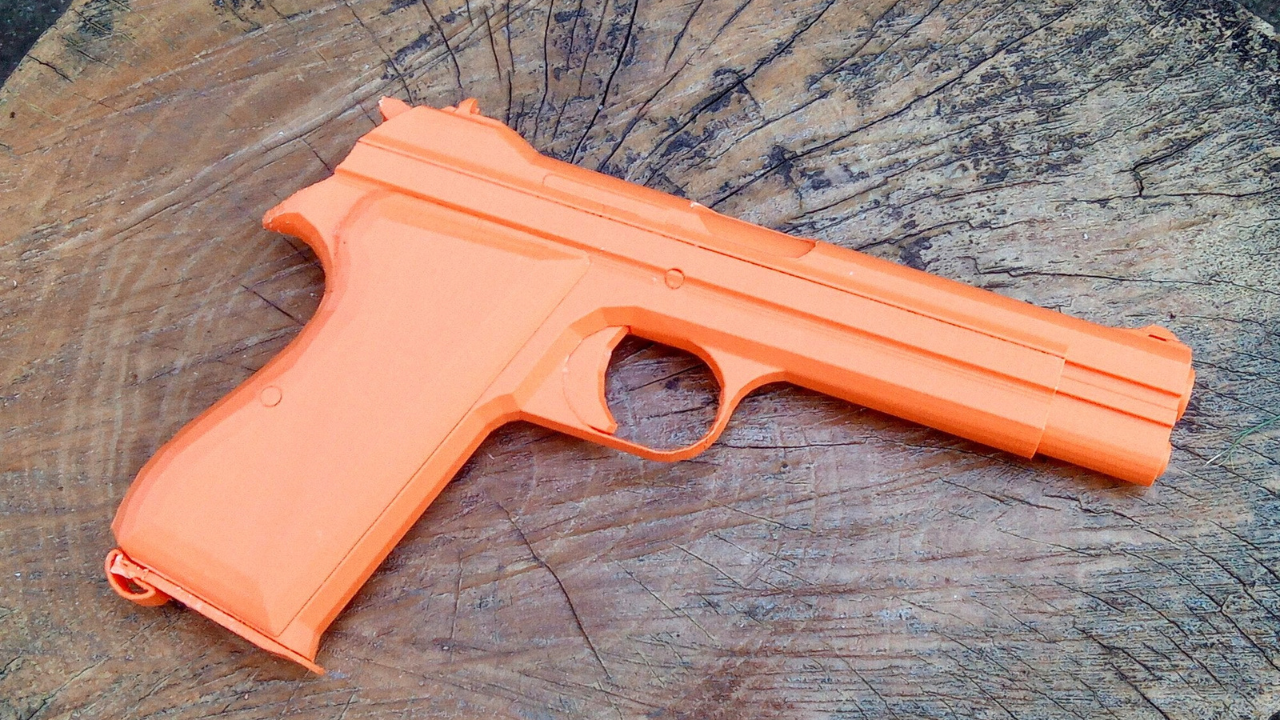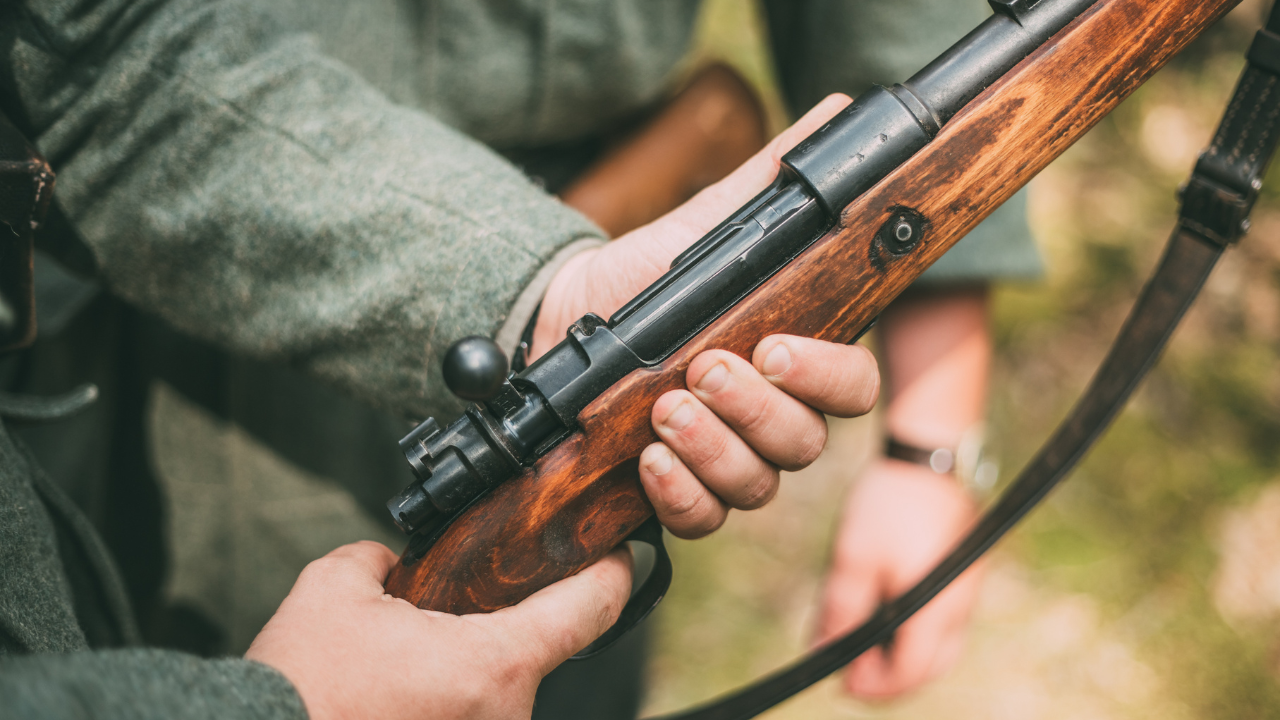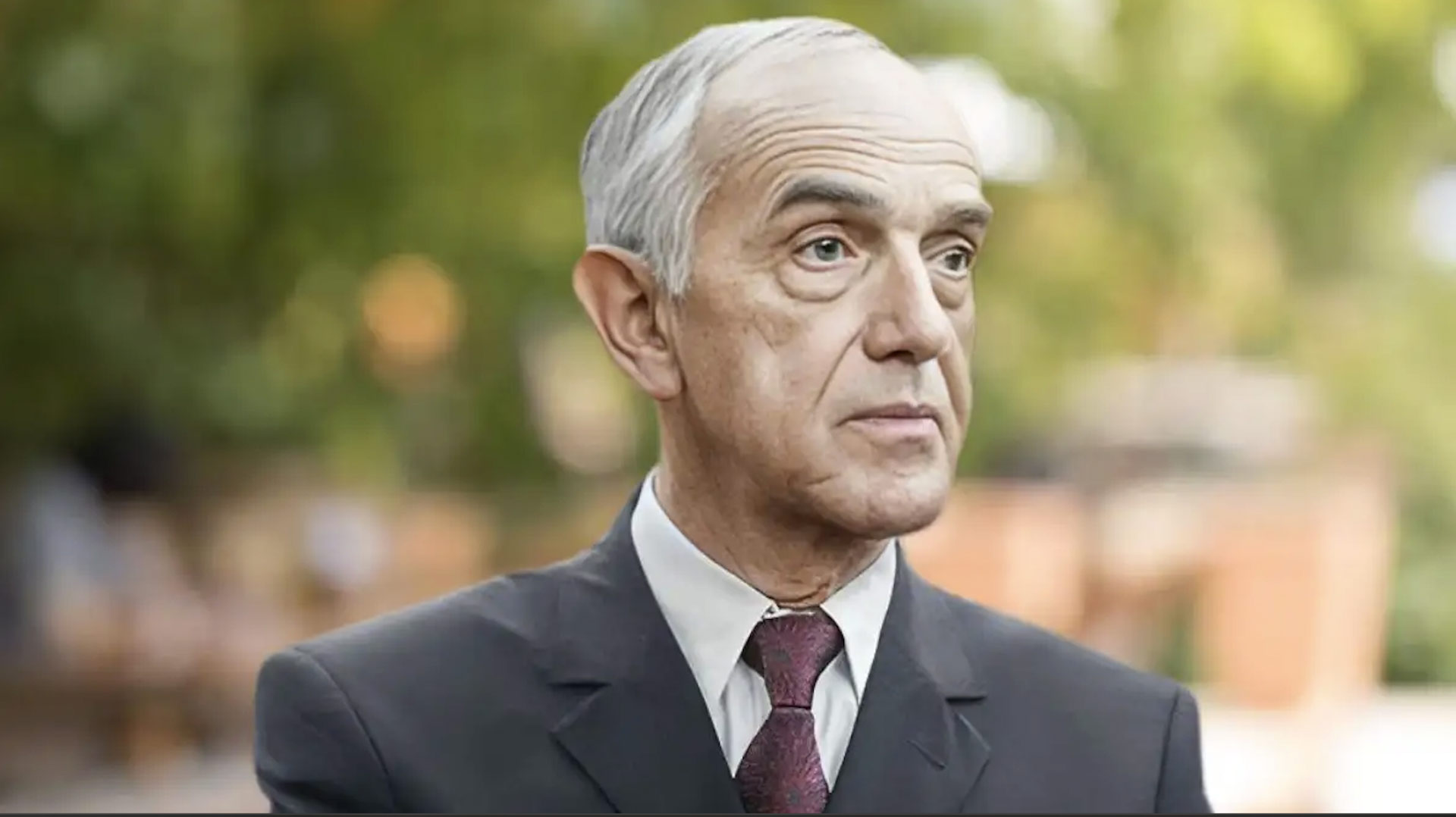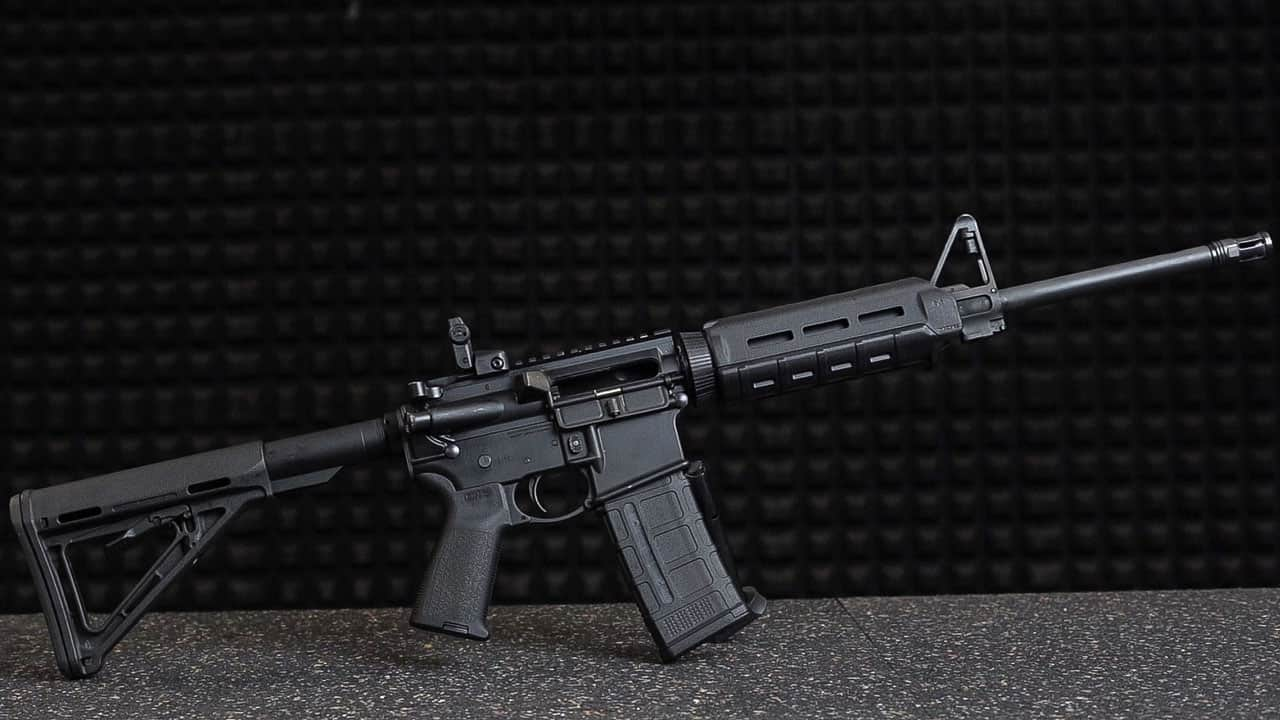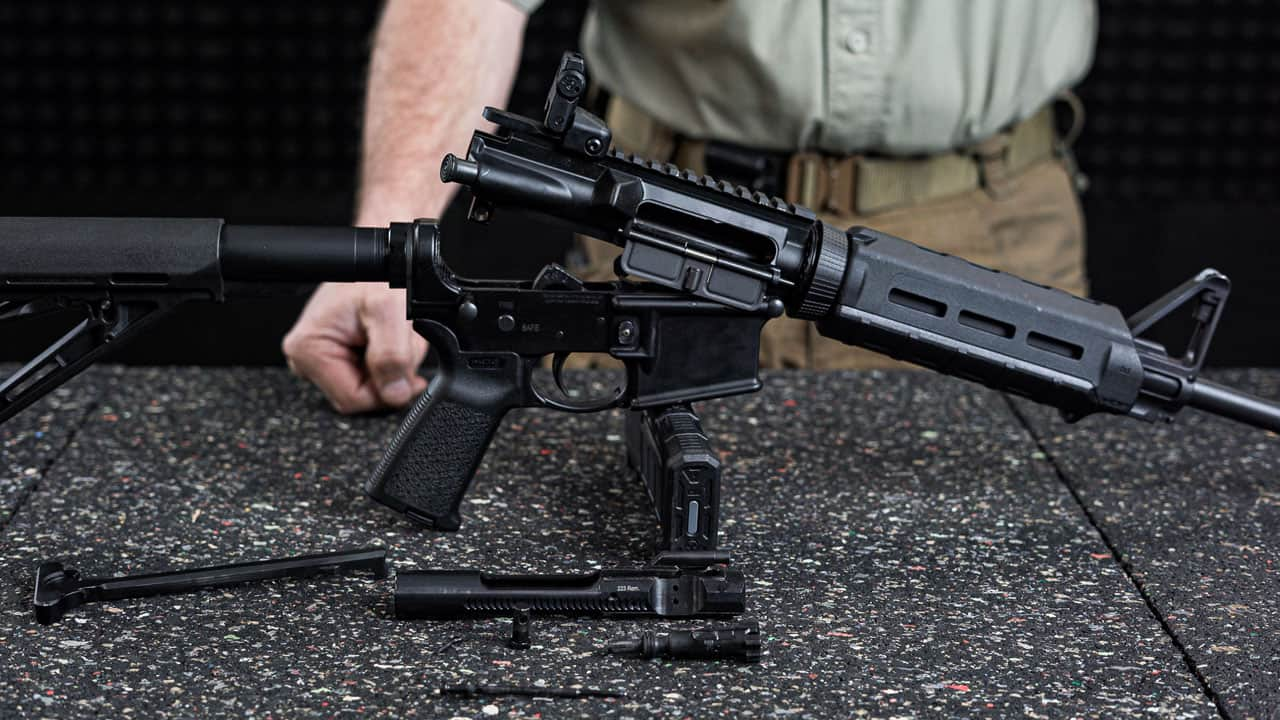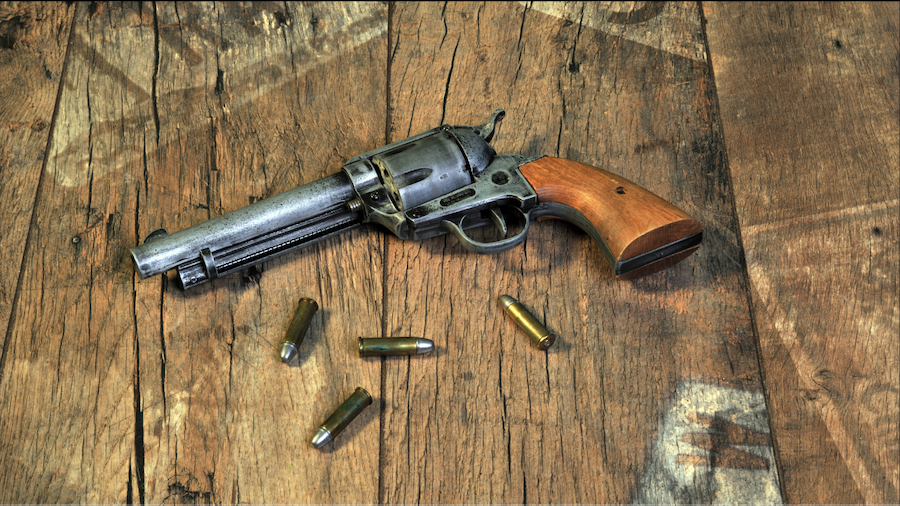
Although the renowned designer Samuel Colt passed away in 1862, his successors continued his work. They dreamt of a revolver with a bored cylinder for a unified cartridge with a metal casing. However, their progress was hindered by patents owned by the Smith & Wesson armory. When the rights expired in the spring of 1869, two of Colt's best gunsmiths, William Mason and Charles Richards, embarked on a mission. Their goal was nothing less than creating a new standard short firearm for Uncle Sam.
For the Army and Civilians
In 1872, the single-action revolver, along with the S&W Model 3, won an army tender, replacing the percussion Model 1860 the following year. It entered history as the Single Action Army (SAA), Model P, or Peacemaker. Soldiers loved the weapon and preferred it over competing models, making the SAA the primary sidearm of the US Army. It held this position for 20 years until it was replaced by (again, Colt's) double-action Model 1892 with a swing-out cylinder.
The Peacemaker earned an excellent reputation among civilians as well. In its first year, the armory produced 16,000 units, with 12,500 going to the army and the rest to the civilian market. Despite the popularity of the Peacemaker, its design did not deviate significantly from the average. It stood out more for its quality of craftsmanship, practicality, and ergonomics.
Technically, it represented Colt's second commercially produced revolver with a closed frame into which the barrel was screwed. It held six rounds, and the loading gate found its place on the right side. The designers placed the grip low to give the owner a good view of the shooting hand. The grip significantly widened at the bottom, contributing to stability. The shape of the hammer mirrored the curvature of the rear part of the frame and featured a robust thumb spur with a textured surface. The brass blade served as the front sight, and the peacemaker had a simple groove instead of a rear sight. Below the smooth barrel, there was a partially closed housing with an ejector rod for spent casings, spring-loaded with a coiled spring.
Infantrymen and artillerymen received Colts in the standard barrel lengths of 4.75 and 5.5 inches (120 and 140 mm), while the peacemaker for cavalry had a 7.5-inch (190mm) barrel. Other customers utilized the SAA as a personal defense weapon, opting for more compact versions. Versions with barrels under 4 inches (100 mm) earned nicknames reflecting their most common owners: the sheriff's model, the banker's special, or the storekeeper.
Thirty Calibers
The Peacemaker was available in more than 30 calibers, ranging from .22 to .476 Eley. However, over half of the revolvers were produced in the .45 Colt caliber, as requested by the army. Although contemporary collectors prefer richly engraved pieces, most SAAs were manufactured without decoration, and engraving only appeared on gift and commemorative models. The grips were made of smooth wood until 1882, when rubber replaced them.
Even after the introduction of the more modern Model 1892, the Peacemaker remained popular among soldiers due to its superior stopping power. For this reason, it saw use in the first line units during the Spanish-American War (1898) and the Philippine-American War (1899–1902). The everlasting fame of the Peacemaker was solidified in the hands of Theodore Roosevelt's „Rough Riders“, who, on July 1, 1898, fought their way up to the top of Kettle Hill, held by the Spaniards.
Colt attempted to innovate the weapon, but customers preferred the original design. Experimental series usually numbered only a few hundred pieces. In the last year of the 19th century (after producing 192,000 revolvers), the firearm received certification for use with smokeless powder. The only complaint from owners concerned the difficult readability of the sights. Thus, starting from 1920, the peacemaker featured a stronger front sight and a more pronounced rear sight. In this form, it was produced for two more decades, until the end of World War II. The production of first-generation units stopped at 357,859.
Western Hero
After the defeat of the Axis, Colt's managers did not plan to reintroduce the SAA to the market. Faced with modern pistols, it seemed hopelessly outdated. However, the boom of television and Westerns revived its past glory, and so many Americans longed for a new peacemaker that the factory began the production of the second generation in 1956. Interest was fueled by the world's first Western series, „The Life and Legend of Wyatt Earp“, inspired by the life of the famous sheriff. Colt also took advantage of other marketing opportunities. When, in 1961, they released the SAA with adjustable sights, they named it „The New Frontier“ after President John F. Kennedy's campaign slogan.
Post-war production concluded in 1974, and it seemed that this time the peacemaker had seen its last days. However, its revival occurred just two years later, and since 1976, Colt's bestseller has been in production to this day. Over the years, several innovations were introduced, including a more robust and simpler cylinder latch. In the 1990s, sales surged with the increasing popularity of the competitive discipline known as Cowboy Action Shooting. Today, Colt offers the SAA in all three barrel lengths, with a nickel or blued frame, and polymer grips.
The concept of the peacemaker influenced numerous other revolvers, with Bill Ruger being the most significant source of inspiration. This designer was known for adopting and modernizing proven elements from competing models to achieve higher reliability and safety. This approach gave rise to models like the Blackhawk and Single-Six, featuring a modified lock from the SAA with an impulse hammer.
Collector's Affair
During its heyday, the peacemaker was not considered an expensive or luxurious firearm. Evidence of this can be seen in the accessories provided to customers – either a single screwdriver came with the revolver, or nothing at all. However, nearly 150 years since the start of production, the price of some pieces has climbed to thousands of dollars. The most collectible peacemakers are from the 1873–1891 period. Experts consider examples known as Orville Wood Ainsworth, or OWA, to be treasures, with values exceeding 10,000 USD. These are the earliest peacemakers from the 1873–1874 period personally inspected by Colt inspector Orville Ainsworth before being handed over to customers. The OWA peacemakers were used by members of the 7th Cavalry Regiment of Colonel Custer in the lost battle against the Indians at Little Bighorn.
In the Czech Republic, original pieces from the 19th century are exceptionally rare. For example, the portal www.zbrane-machacek.cz recently offered an SAA from 1874 for 170,400 CZK. Newly manufactured peacemakers are sold by Colt in the USA for 1,799 USD. Czech fans of the Wild West can choose from various types of replicas, ranging from historical-looking originals to modern reproductions. The most affordable is the non-firing decorative type from the Spanish company Denix. Although you can cock the hammer and pull the trigger, it will only fire cap-type rounds.
The German company Umarex produces a plethora of versions of air peacemakers firing steel BBs or pellets in a 4.5mm caliber. The most accessible sharp replicas of the SAA are likely the "1873 Single Action" revolvers from the Italian brand Pietta, available in blued or marbled finishes. The .357 Mag caliber version is priced at 11,000 CZK (www.kerberostrade.cz).

